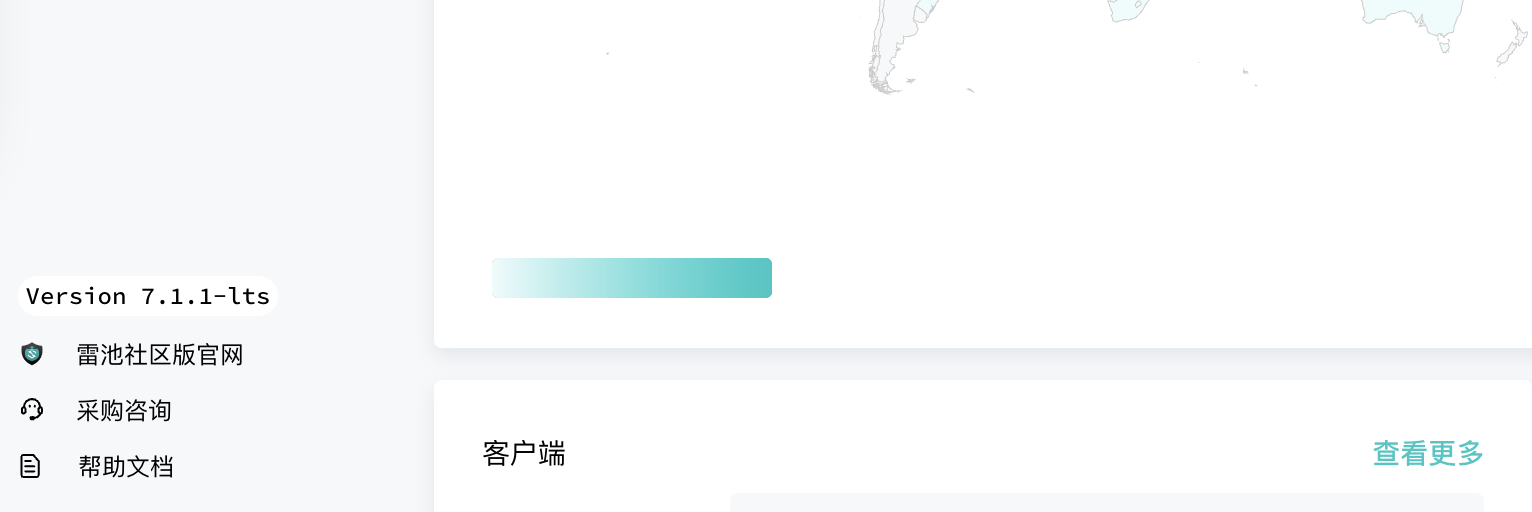目录
1.头文件
2.使用
1.控制宽度和填充
setw函数(全称set field width设置字段宽度)
setfill函数(全称Set fill character设置填充字符)
2.控制数值格式
3.控制整数格式
4.控制对齐方式
1.头文件
用cout进行格式化输出前,先引用头文件iomanip(全称input&output manipulators)
#include <iomanip>2.使用
1.控制宽度和填充
setw函数(全称set field width设置字段宽度)
#include <iostream>
#include <iomanip>
using namespace std;
int main()
{
int a=12;
cout<<setw(5)<<a<<endl;
return 0;
}
可见是右对齐
#include <iostream>
#include <iomanip>
using namespace std;
int main()
{
int a=12;
cout<<a<<setw(5)<<"x"<<endl;
return 0;
} 
在12的右侧,将x右对齐5格
setfill函数(全称Set fill character设置填充字符)
#include <iostream>
#include <iomanip>
using namespace std;
int main()
{
int a=12;
cout << setw(10) << setfill('*') << a << endl;
return 0;
}setw(10)说明设置字段宽度为10,setfill('*')表明当不够时以*填充剩余部分

2.控制数值格式
fixed:以固定小数点(即定点)表示浮点数,(不会以科学计数法展示了)
scientific:以科学计数法表示浮点数
setprecision:设置浮点数的精度(保留位数),以控制小数点后的数字位数,一般先固定小数点,再设置精度
#include <iostream>
#include <iomanip>
using namespace std;
int main()
{
double pi=3.141592653589;
cout << pi << endl;//原样打印
cout << fixed <<pi << endl;//固定点
cout << fixed << setprecision(3)<<pi<<endl;//先固定小数点+再设置精度(强制保留3位)
cout << scientific << pi << endl;
return 0;
}
3.控制整数格式
dec:以十进制格式显示整数(默认)
"默认"的含义
设n为整型变量
cout<<dec<<n<<endl;等价为
cout<<n<<endl;
hex:以十六进制格式显示整数
oct:以八进制格式显示整数
#include <iostream>
#include <iomanip>
using namespace std;
int main()
{
int n=100;
cout<<dec<<n<<endl;
cout<<hex<<n<<endl;
cout<<oct<<n<<endl;
return 0;
}
4.控制对齐方式
left:左对齐
right:右对齐(默认)
默认的含义:如果只写setw(),则默认右对齐
#include <iostream>
#include <iomanip>
using namespace std;
int main()
{
int a=12;
cout<<setw(5)<<right<<a<<endl;
cout<<setw(5)<<left<<a<<'x'<<endl;
return 0;
}


















